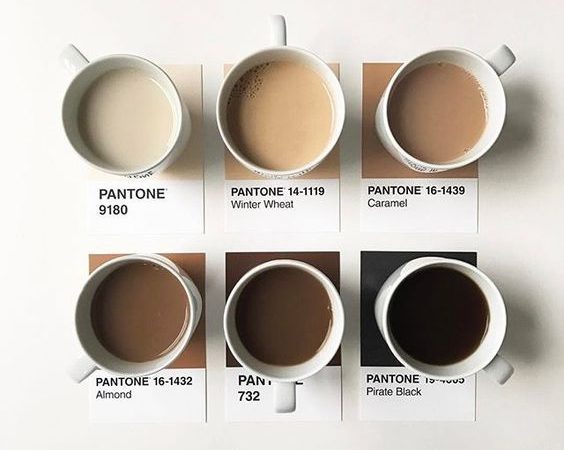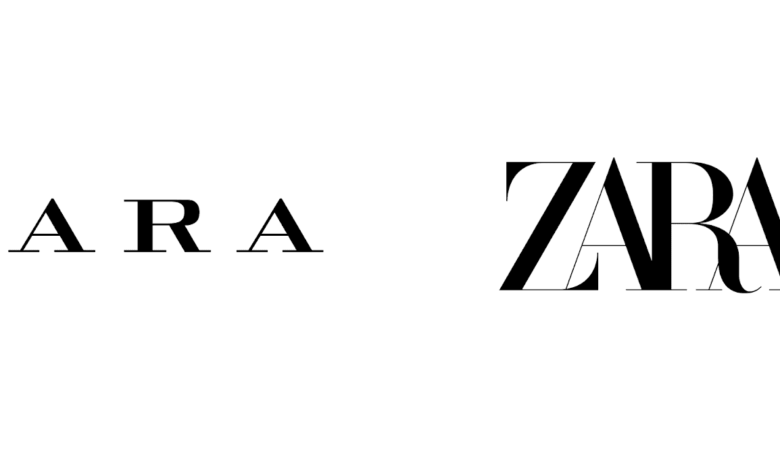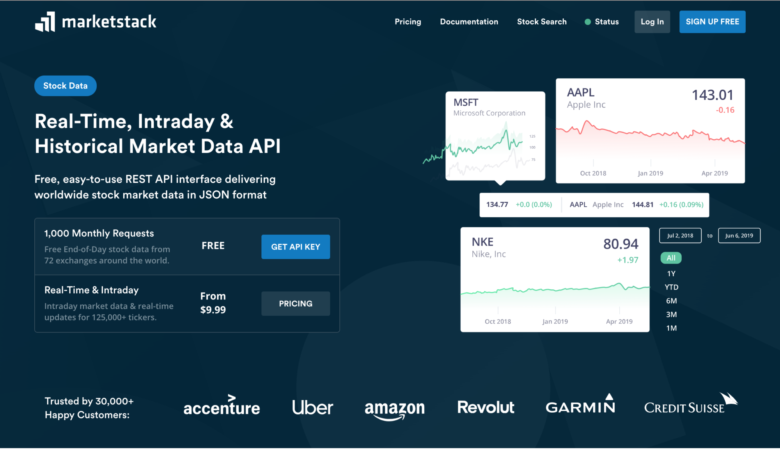The youth is powering our digital age and they will control the future of our web. The position of freelance website designer seems lucrative and very enticing from the get-go. Set your own hours, work on whatever you want, get paid to work from home and learn as you go. What could be better?
Problems begin to arise when freelancers situate themselves in all markets and spread their techniques too thin. There is a subset of jobs in digital design and development which freelancers should focus into. It can provide huge benefits to master single areas in a market so expansive as the web.

Check out a few of the examples below and analyze your own skills. Try listing your objectives out to see what you think you’d be best at and where you’d need improvement. The drive from within to better yourself comes with the affection of a manageable task. In this case we’re considering the entire Web Design market.
Finding your Passion
Before considering what area of web design to pursue it’s important to spend some time thinking about this choice. Critically evaluate your current conditions and skill set. What task(s) do you enjoy the most in the creative process?
Ultimately there is a split seen generally between digital design and programming. The answer for which side you lean towards is already within you. Consider which activities you would rather be doing and try spending a few hours doing research.

Would you enjoy messing around in Adobe Photoshop or Illustrator creating and editing graphics? Or maybe the task of creating an automated application library sounds more enticing. Look into the backend of both and try to feel that inner passion waiting to come out.
Web & Graphics Design
The market is larger than most of us conceive it to be. As a web designer you are required to complete a litany of additional work other than just “website design”. This includes logo and branding design, icons and graphics, wireframing and possibly Photoshop re-touches.

The path of a digital artist requires a large amount of concentration. It is recommended to attack one piece of software at a time and practice with 2-3 new tutorials every day. Recommended choices include:
- Adobe Photoshop (standard web design, graphics, photo manipulation)
- Adobe Illustrator (vector artwork, polishing logos/typography)
- Adobe Flash (creative animations, slideshows, video and audio players)
- Adobe Fireworks (icons, smaller graphics, wireframe templates)
This list was compiled under Adobe software, although there are other free alternatives. Adobe commands the digital software market and leads with a huge team of developers and innovators.
If you’d enjoy learning any of these programs but don’t have money for purchasing them you can download free 30-day demos. There are also classes taught among colleges and some private schools which have teachers show you the basics to working with these tools. Video tutorials are another option if they’re easier.

The quickest way to understand where your passion truly lies is to mess around in each one. There are countless tutorials online and most will offer project files as a free download. Pixel2life is a community of digital professionals who catalog and share unique tutorials on all of the software mentioned above, in addition to many other languages.
Paths as a Developer
Learning how to develop web applications tends to strike those interested in sciences and maths. Web development is nothing but converting ideas in plain language into a logical structure. This can be done in any programming language – PHP, Python, Ruby, C++ – and all ideas will scale beautifully among every language.
It will take some practice and requires a bit of headway to get started, but can be very rewarding. As a tip for getting started try writing out a list of flowing actions and steps for how your program will work. Write this so it’s easy to understand and very clear about what you’re trying to build.

From here you can start your favorite IDE and get coding. Breaking down tasks into smaller pieces makes programming simpler. Everything in life can be broken down into smaller steps and this holds especially true for logics-based programming. If this is a difficult task for you to understand or sounds boring, perhaps your path is better left towards design.
Backend v Frontend Coding
The appeal to programmers is how elegant the whole application creation process can be. There are only a limited number of ways to complete a task. Along with this there are an even smaller number of “correct” ways to implement a structure into a system set forth by documented best practices.
Those who enjoy finding the correct answer to problems will love the feeling of solving bug fixes and creating new backend libraries. These languages are used to house the code which runs in the background to display functionality to users.

Though to some backend code will look very convoluted and overly complex. Frontend development focuses on parsing languages. These include HTML, CSS, and JavaScript, along with any other environments which are parsed in the visitors web browser. The learning curve for building HTML/CSS layouts is extremely small. Most can pick up a book or follow a short tutorial series online and be creating websites within 5-7 days.
JavaScript development has also taken off and seen huge success through open source libraries such as jQuery and MooTools. Frontend developers used to cringe at creating large JS functions. The language is bloated and confusing to begin with, along with the choppy implementation of differing browsers.

Things have recently changed and I find JavaScript development to be some of the most exciting code I’ve written. Access to open frameworks allows for complicated Ajax effects to shorten into just a few function blocks. If you’re interested in user interface design and creating animations/page effects spend some time researching jQuery and JavaScript development.
We’ve examined both areas of web design and development, broken down individual tasks and even taken a small step towards defining individual job roles. Times are changing and these languages and software could be useless 5 years down the road. Keep up with changing times, there’s always more to learn.
The important thing to remember is every decision is just part of the process. Nobody became a professional web designer overnight. And nobody I know has managed to study and retain any programming language’s full discography in a night, either. Spend some time each day with projects that catch your interest and you’ll find that spark of inner passion much sooner than later.





This is another great read which reminds me of two things:
*Passion is everything. It’s an enduring sword against tolerable headache, pestering clients and even your desk janitorial routine every start of your freelancing day.
*The “spark of inner passion” lies in our DNA (inspired by Gary Vay-ner-chuk)
Great read! It’s becoming increasingly difficult to encourage newcomers to the industry of their need for passion when so many online tools are designed for lazy workers.
There is an immense difference between available and imaginative.
Jake,
I signed up to your RSS feed a while back. I always look forward to your posts. If I ever get into the black, I’ll become a member.
I just wanted to add one thing to your article and that is there is another group of web designers that you didn’t touch on – the website builder. I am not a designer. And I am not an expert coder. I can do a little of both. What I concentrate on is taking the best design, the best code, and then using those tools to present the client’s content.
I recognize my strengths and weaknesses. The client just wants a nice looking website that works. They don’t care about how it happens. I put the pieces together. I don’t want to design and code each piece.
Emilio
I’m with you Emilo. Just like a real estate agent doesn’t build the houses themselves, my job is to match my clients with a site that best fits their content. Sure, we get called lazy and cheaters but in reality our job is just as important because our strong suits are most likely clarity, communication, and vision. Where most designers and coders can’t rub shoulders with the club owners or pet store curators we fill that gap and bring them the best web vehicles for their product or services. Until now I thought I was alone but now I don’t feel like such an oddity.
Nice article. Thanks for sharing!
I didn’t know pixel2life, definitely gonna check this out this weekend! Great post!
wow…i made “WebDesign” my great Passion!…it’s my “claim” on my CV and on my site ^_^
Good post! This proffesion demands passion and a lot of effort, learning something new every day. Thanks for showing Pixel2life! I didn´t know this site
Excellent Article!
My path in web design and development started on the design side of things. I went to college and got a BFA in Graphic Design. After college, I started dabbling in PHP, MySQL, and how things actually worked.
The more I worked in it, the greater satisfaction I got out of it.
Now, I’m doing it full time. Left my 9-5 this summer and struck out on my own… granted, it was 2yrs of doing it part time and as a hobby. But, the wait, the work, and the passion paid off.
Interesting post! I have to say that I am just into designing no matter what it is, my only problem right now probably is creating my own image. I am just a starter so I’m still learning. Thanks! 🙂
Hi,
great and very usefull article. Especiallyat the beginning many people try to do it all. So did i and i find it very difficult to decide.
Jake, first, thank you for sharing! You’re 100% right that although the future as a freelancer is lucrative, it’s not for everybody.
Great article, thanks for sharing Pixel2life!
I did a similar podcast on this https://www.webcoursesbangkok.com/blog/the-many-faces-of-web-design/
Not just about the passion but the many faces of web design, there is a lot to choose from but it all starts from making sites first, then deciding what part of that process you like best.
I like to do a bit of both, design and developement. Do you have to specify in one of them to be succesful, or can you also practice both?
Nice article by the way, they help choose a bit of direction in life/hobby. Would like to see more of these 😉
I’ve just had an interest in webdesign. This inspired me to plan some little steps to learn web design from scratch. You said, “Nobody become a professional webdesigner overnight,” and I understand it 😉
Thanks for sharing this.
Great article Jake! Thanks for sharing!